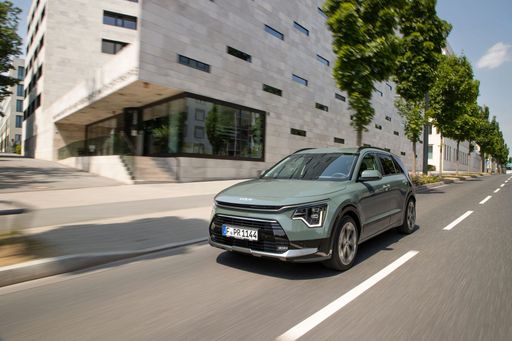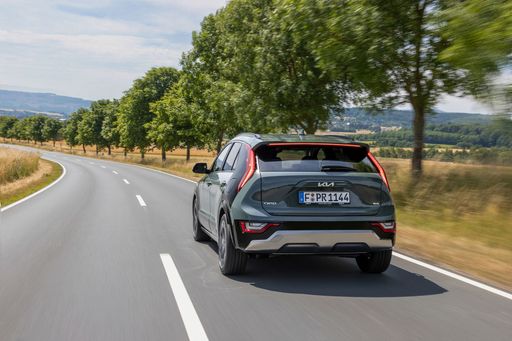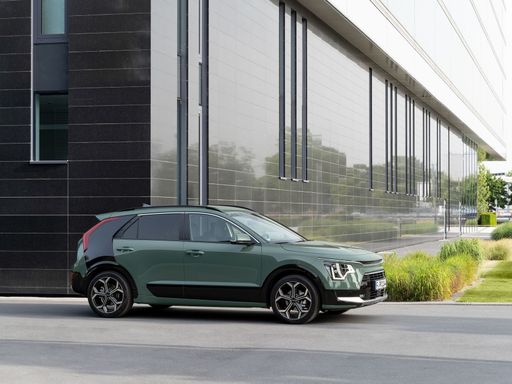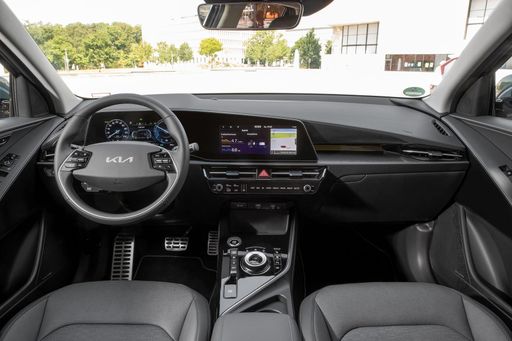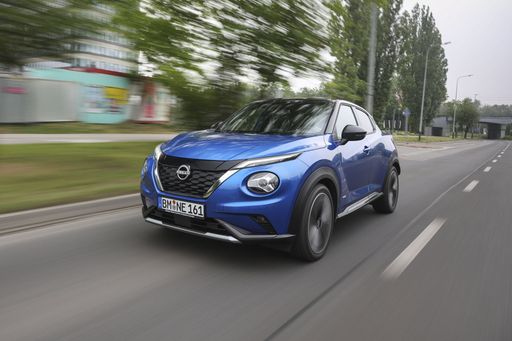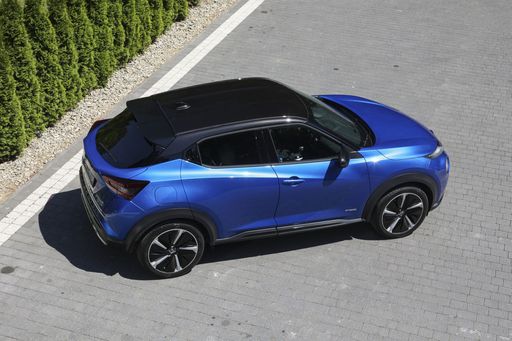The Compact SUV Showdown: Kia Niro vs. Nissan Juke
With the automotive world continually evolving, compact SUVs like the Kia Niro and Nissan Juke have captured the interest of consumers looking for versatility and efficiency. These two models blend advanced technologies with practical features, catering to diverse driving needs. Let's delve into a comparison of their design, performance, and innovations to see which one suits your lifestyle best.

